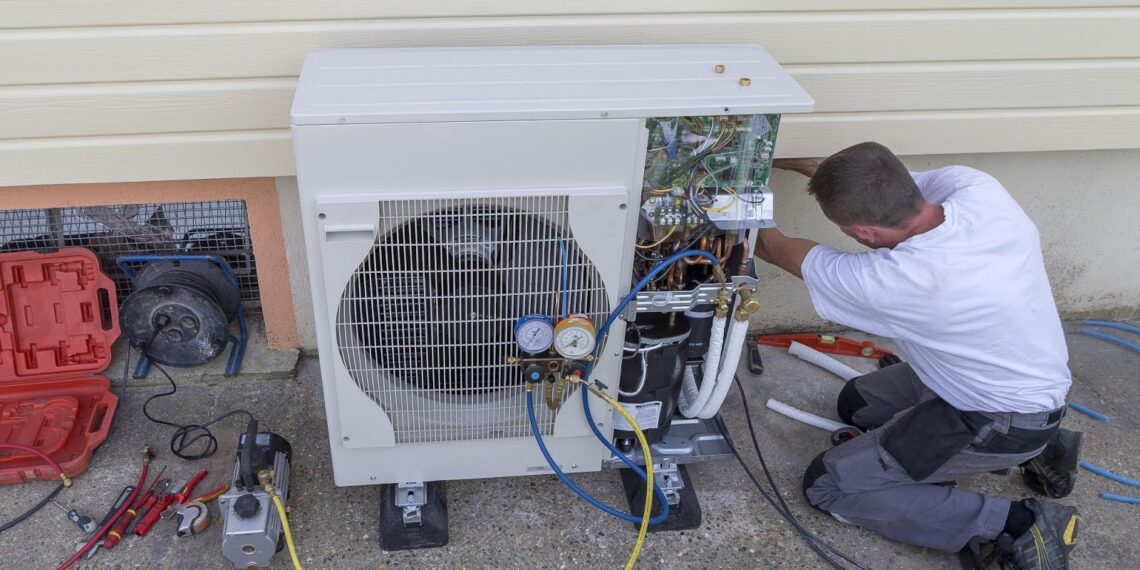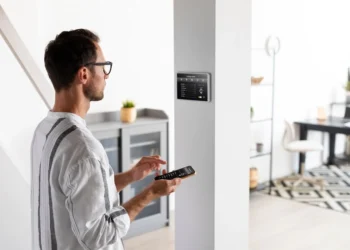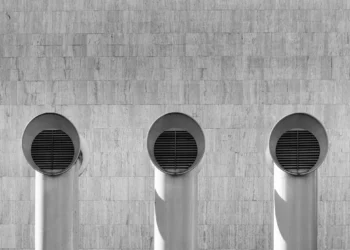Consumers in the U.S. replace a staggering 3 million heating and cooling systems yearly. They also spend $14 billion annually to repair or service their HVAC systems.
So if you have a heat pump on the fritz, you may be on the fence about replacing or fixing it. The former costs more, but it may be the best option depending on the unit’s age, condition, and efficiency.
In this guide, we’ll talk about the signs it’s time for a heat pump replacement rather than repairs, so read on.
Many Years in Service
Heat pumps have an average expected lifespan of between 10 and 15 years. So if you’ve been relying on your home heating and cooling system for almost a decade, it may already be on its last legs. If that’s the case, and it’s also been breaking down more frequently than ever, it may be time for a replacement.
Frequent Malfunctions With Hefty Repair Costs
The abovementioned average lifespan usually applies only to well-maintained, regularly serviced heat pumps. Thus, a unit could experience multiple component breakdowns sooner without tune-ups twice yearly.
You can use those incidents to determine if you need a new heat pump.
First, review your unit’s service history to see how often you’ve had to get a pro to fix it. Then, list down and sum up the repair costs.
Note if the unit has broken down several times in one year and if you’ve paid more than a couple thousand dollars. If so, your best bet is to buy a heat pump to replace your frequently malfunctioning one.
Continued Decline in Heating Capacity
Heat pumps have become more prevalent in the U.S. because they can reduce energy use for home heating by 30% to 60%. That makes them far more energy efficient than traditional heating systems like furnaces.
The chief drawback to all-electric heat pumps is that they may not be adequate in colder climates. That’s because their heating capacity drops in conjunction with dropping temperatures. Unfortunately, such severe cold weather incidents continue to become more common.
If your heat pump struggles more and more to heat your home, it may be time to replace it with a dual fuel HVAC system. It uses a backup fuel source for more efficient heating during times of extreme cold.
You Want the Most Efficient System
>Two ratings determine a heat pump’s efficiency: SEER and HSPF.
SEER stands for seasonal energy efficiency ratio. HSPF means Heating Seasonal Performance Factor. The higher the numbers, the more energy efficient the system is.
As of January 1, 2023, the minimum SEER requirement in the U.S. is 14 in the North and 15 in the South. As for HSPF, the minimum this year is 8.8.
Before January 2023, though, the last SEER and HSPF update implemented was in 2015. Systems installed back then (through July 1, 2016) were only required to have a SEER of 13 in the North and 14 in the South. The minimum HSPF was also just 8.2.
If your heat pump’s installation date was on or before July 1, 2016, it likely only has a 13 or 14 SEER and an 8.2 HSPF rating. If so, replace it with one meeting the latest standards for an even more efficient system.
Also Read- Leak Detection 101: Tips to Spot and Stop Hidden Water Wastage
Invest in a Heat Pump Replacement
As you can see, a heat pump replacement is already in order if it’s almost a decade old and breaks down often. The same goes if your unit constantly struggles to heat your home during winter. That can help you save on heftier repair, heating, and cooling bills.
For more informative reads like this, please browse our other latest news and blog posts!









